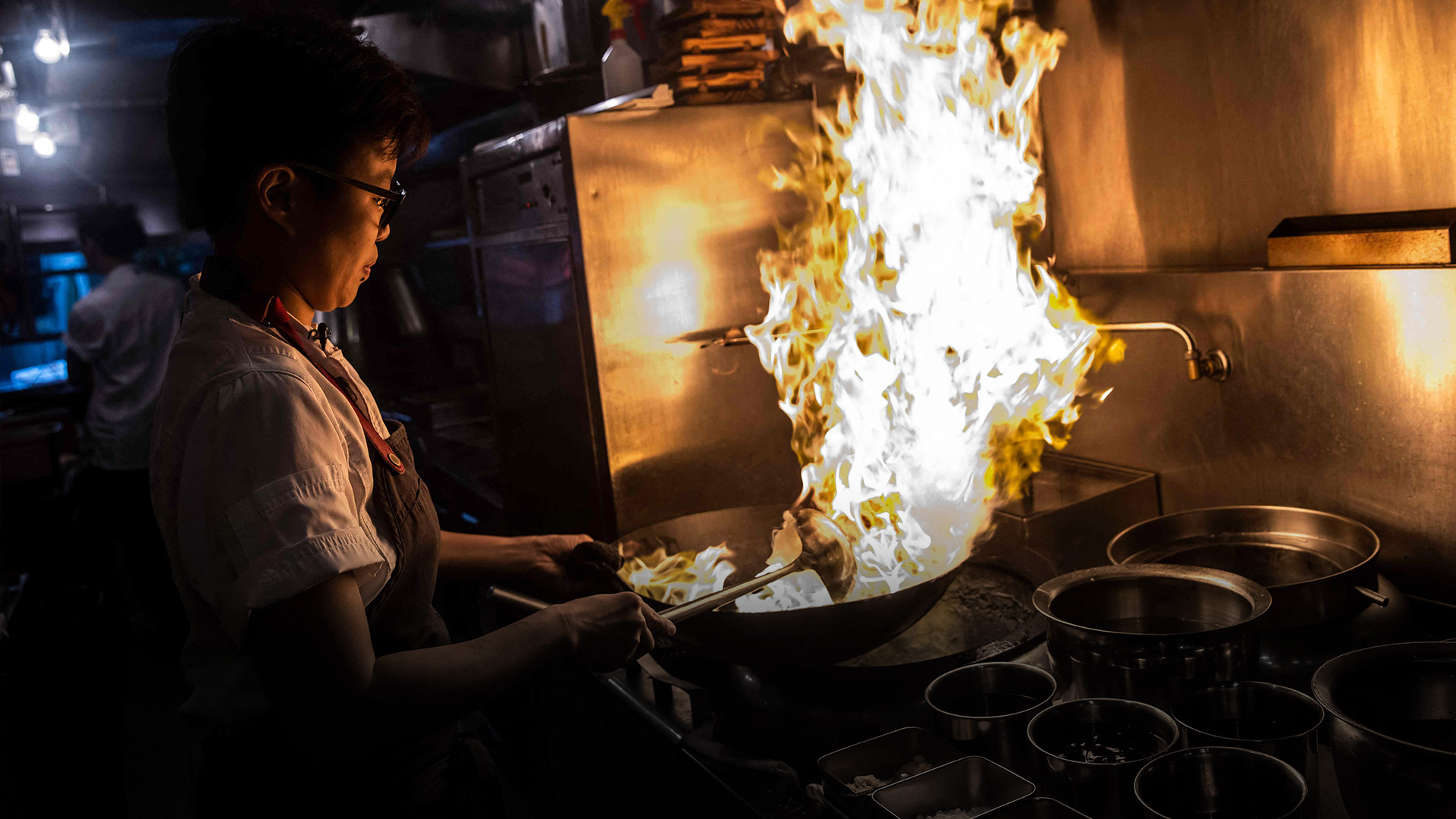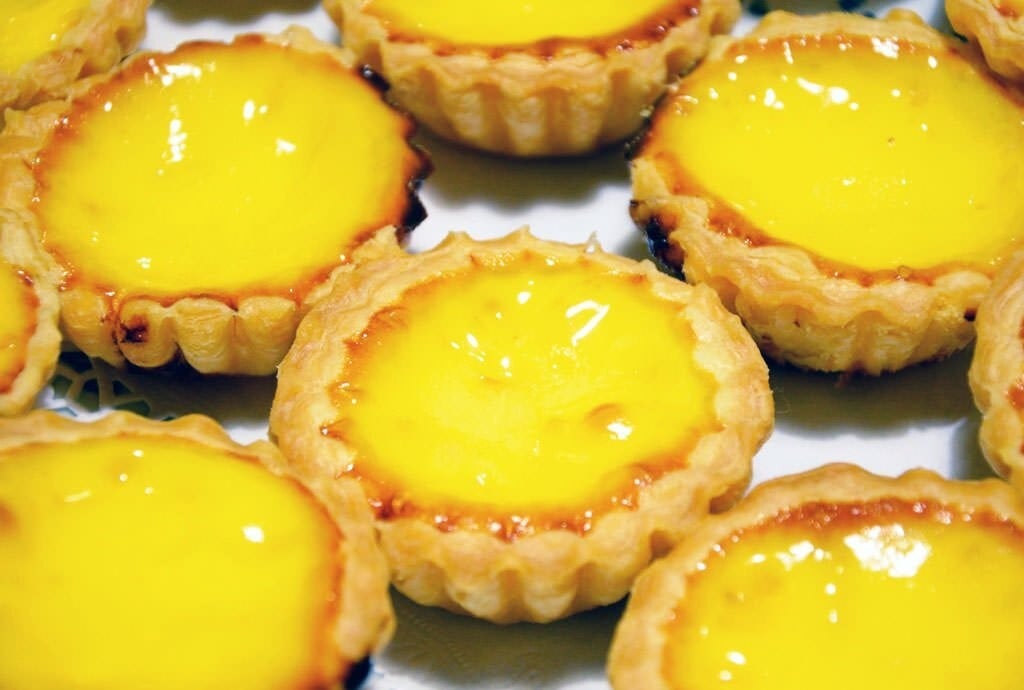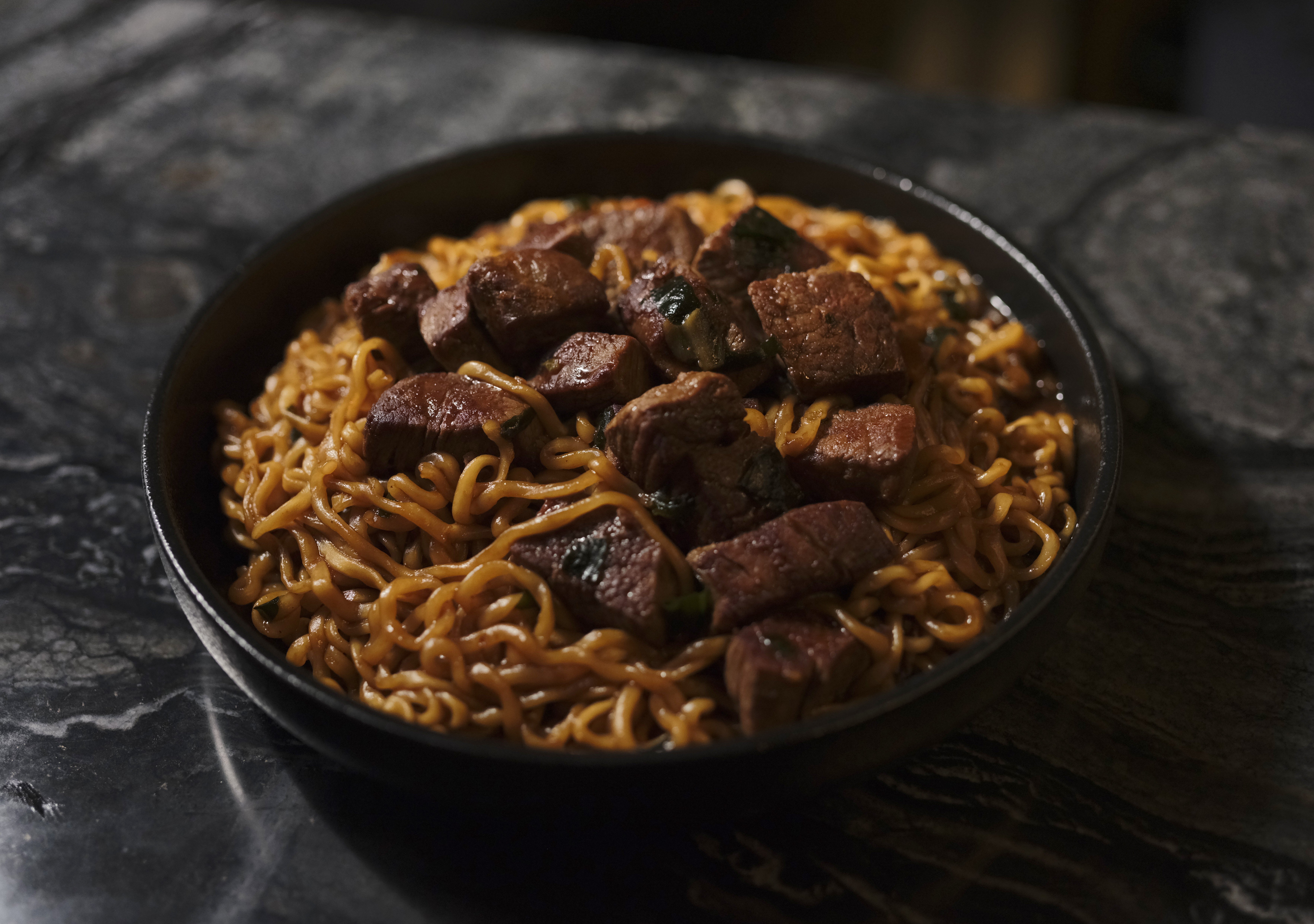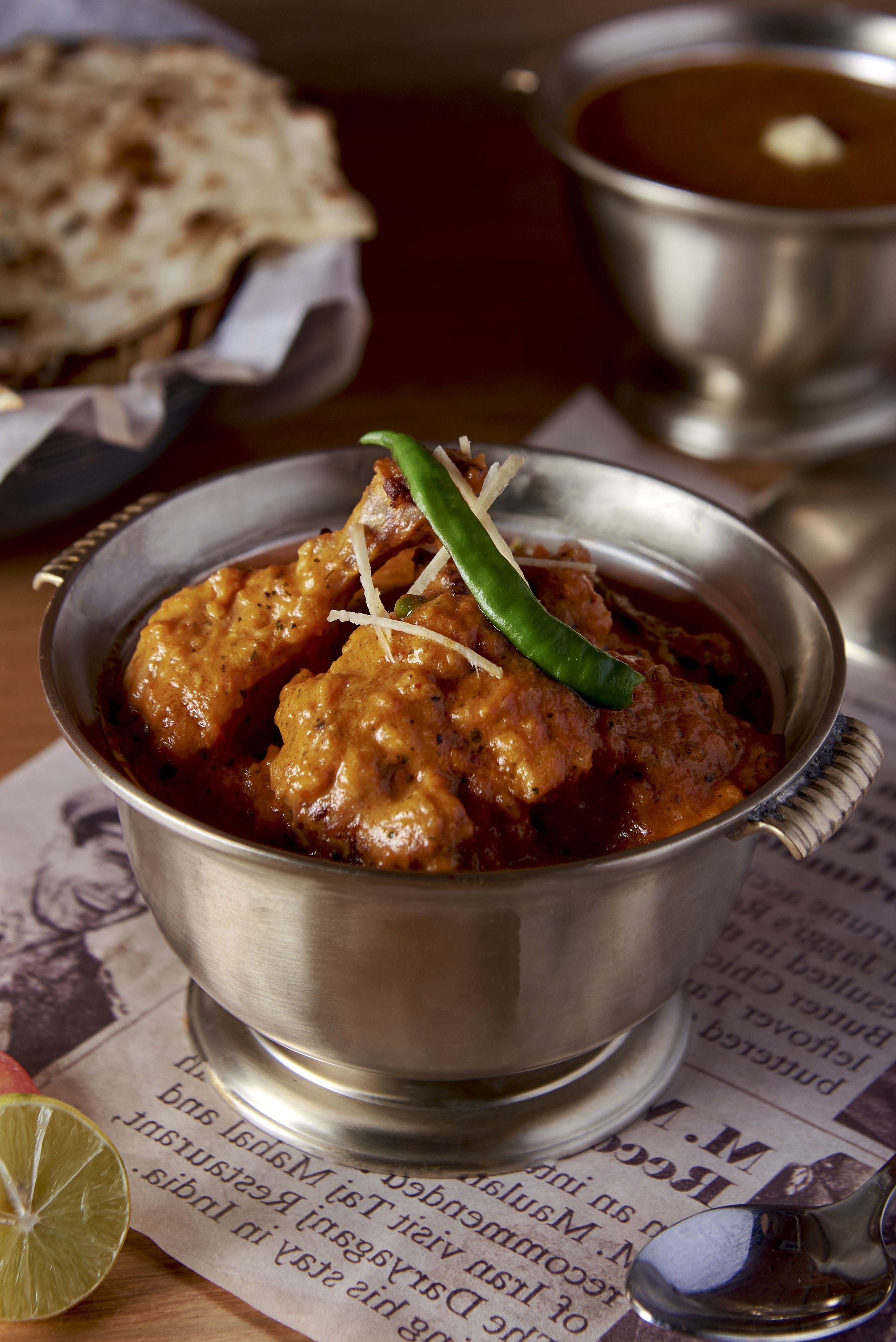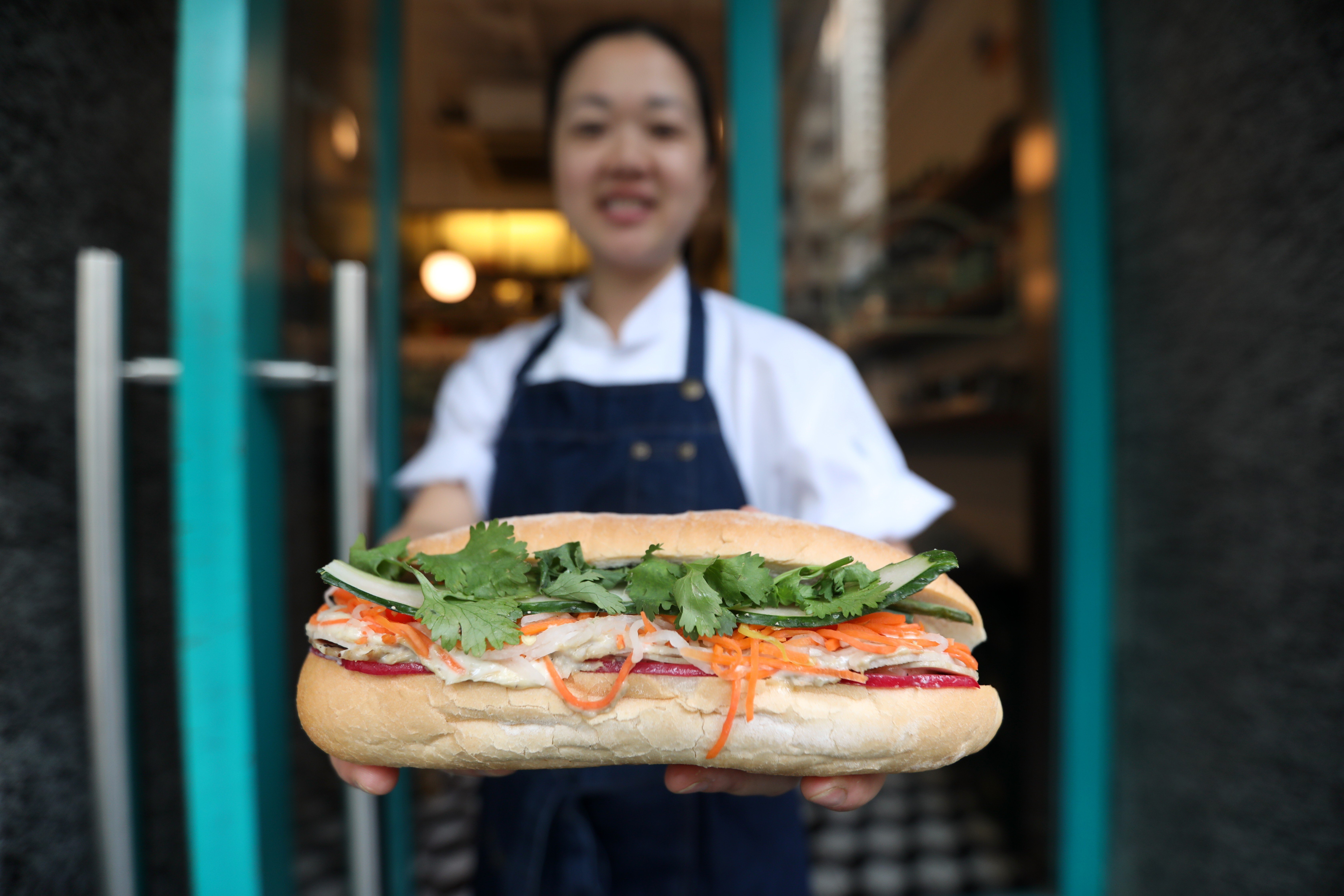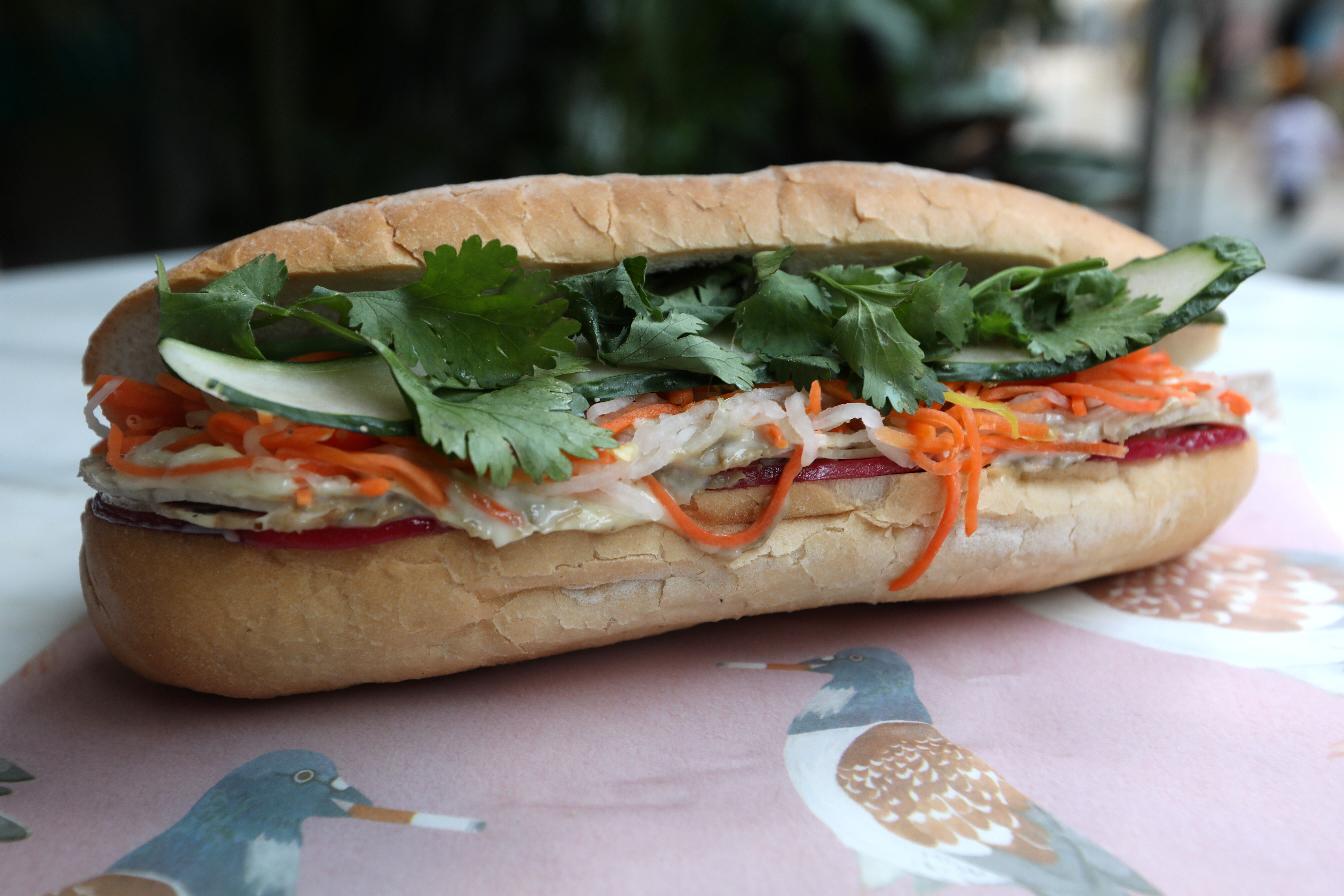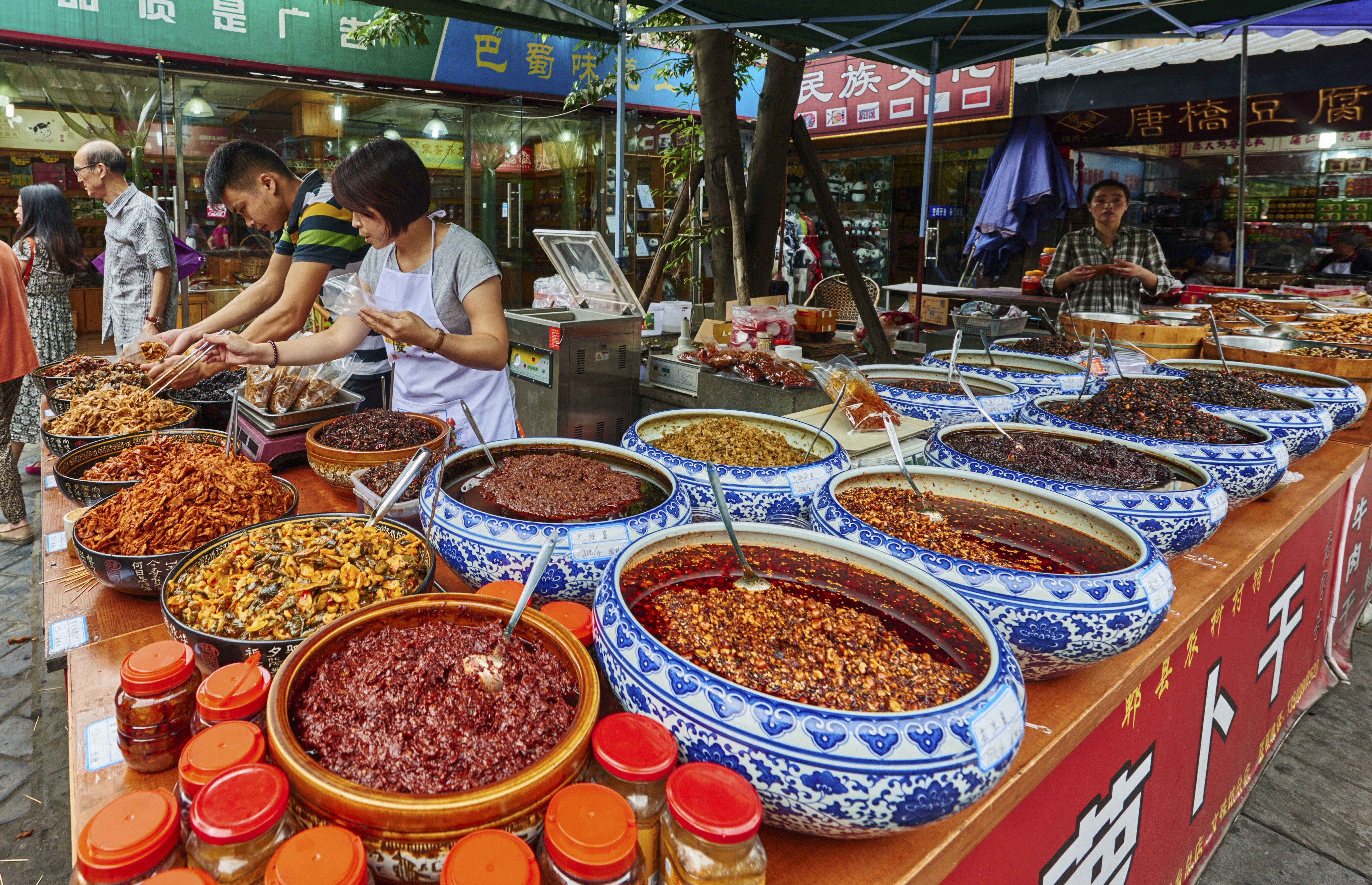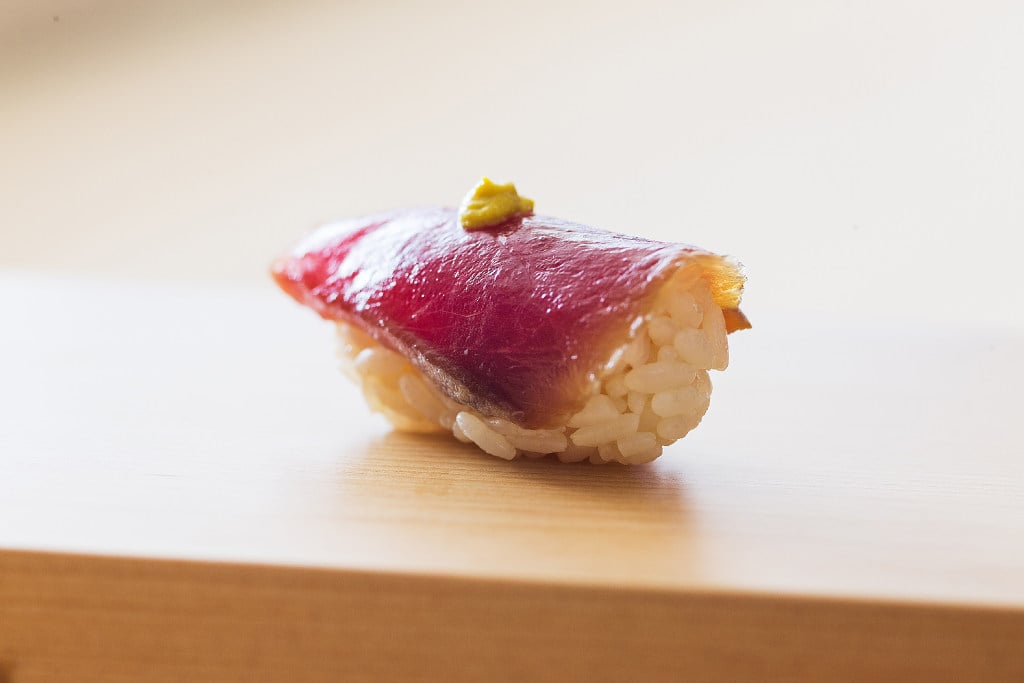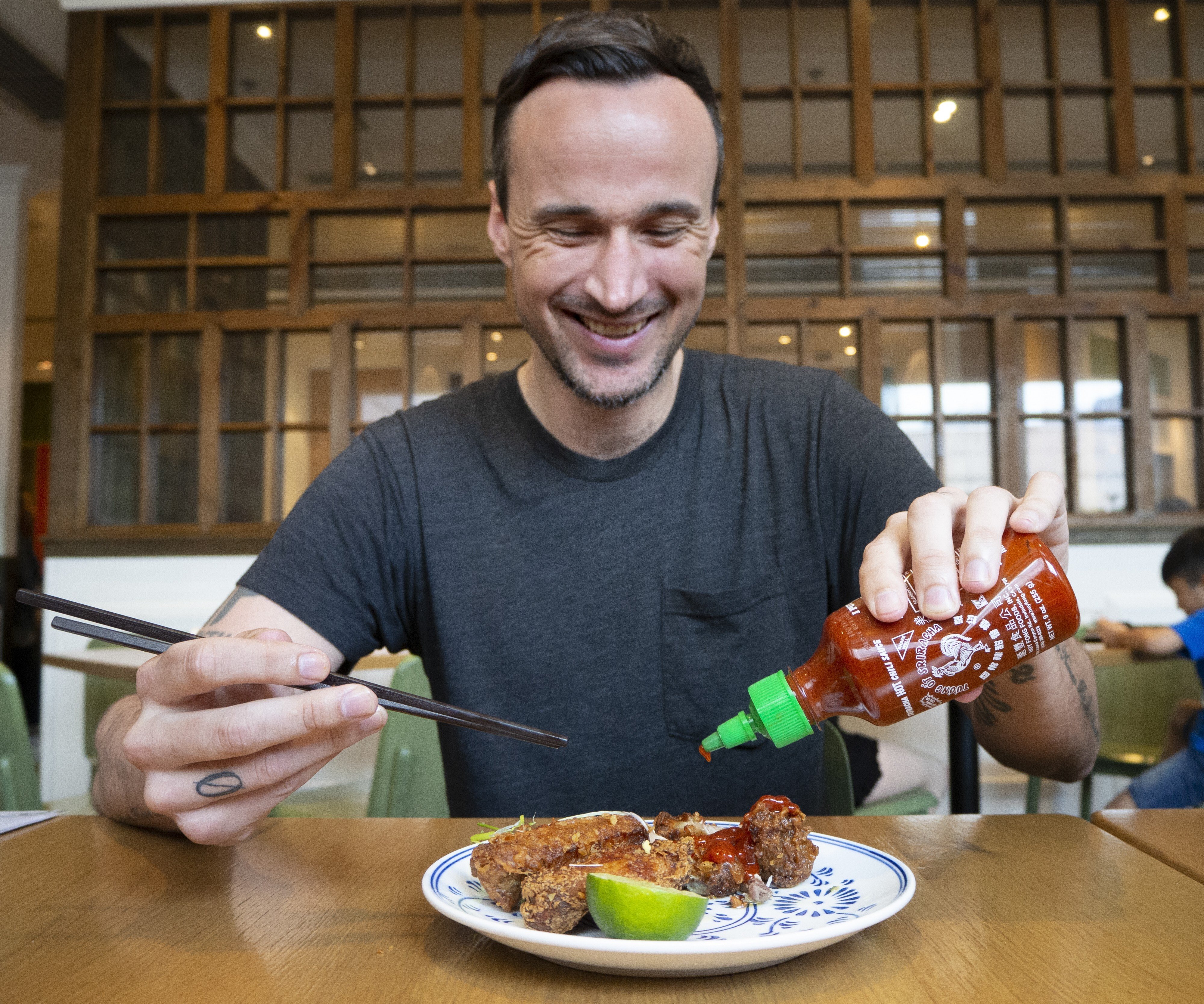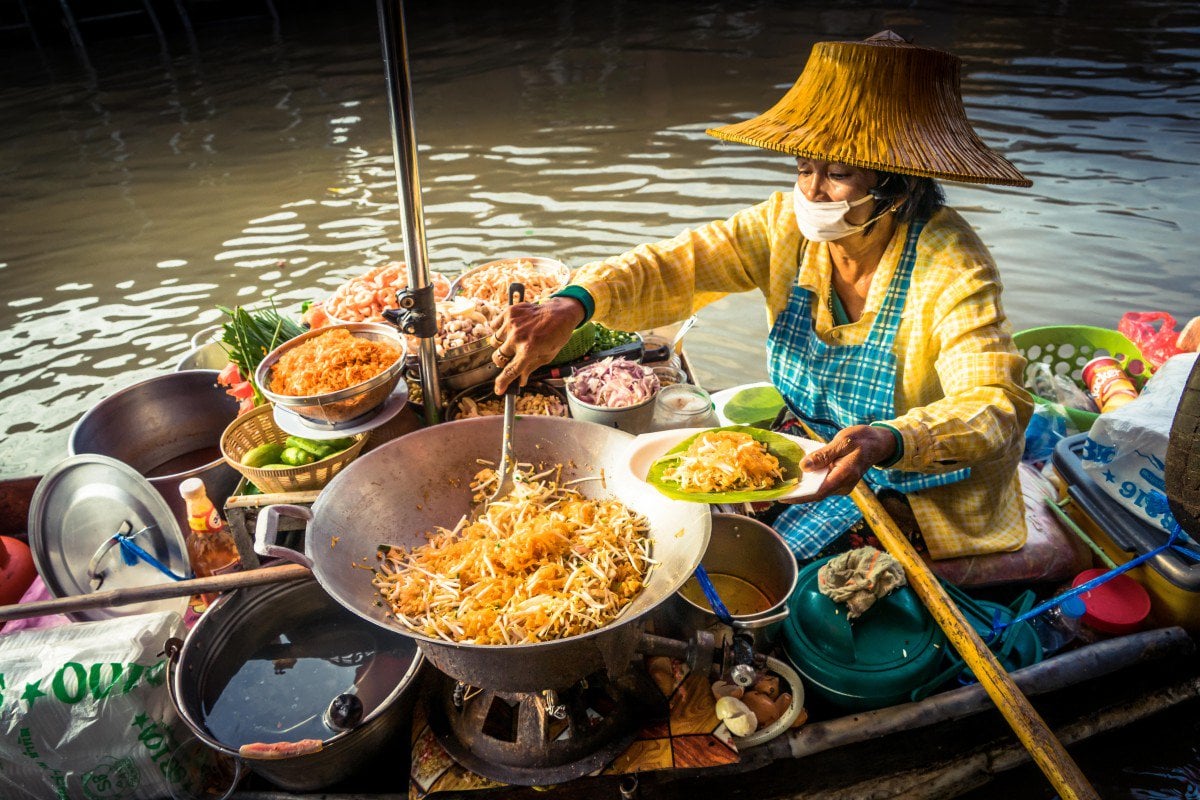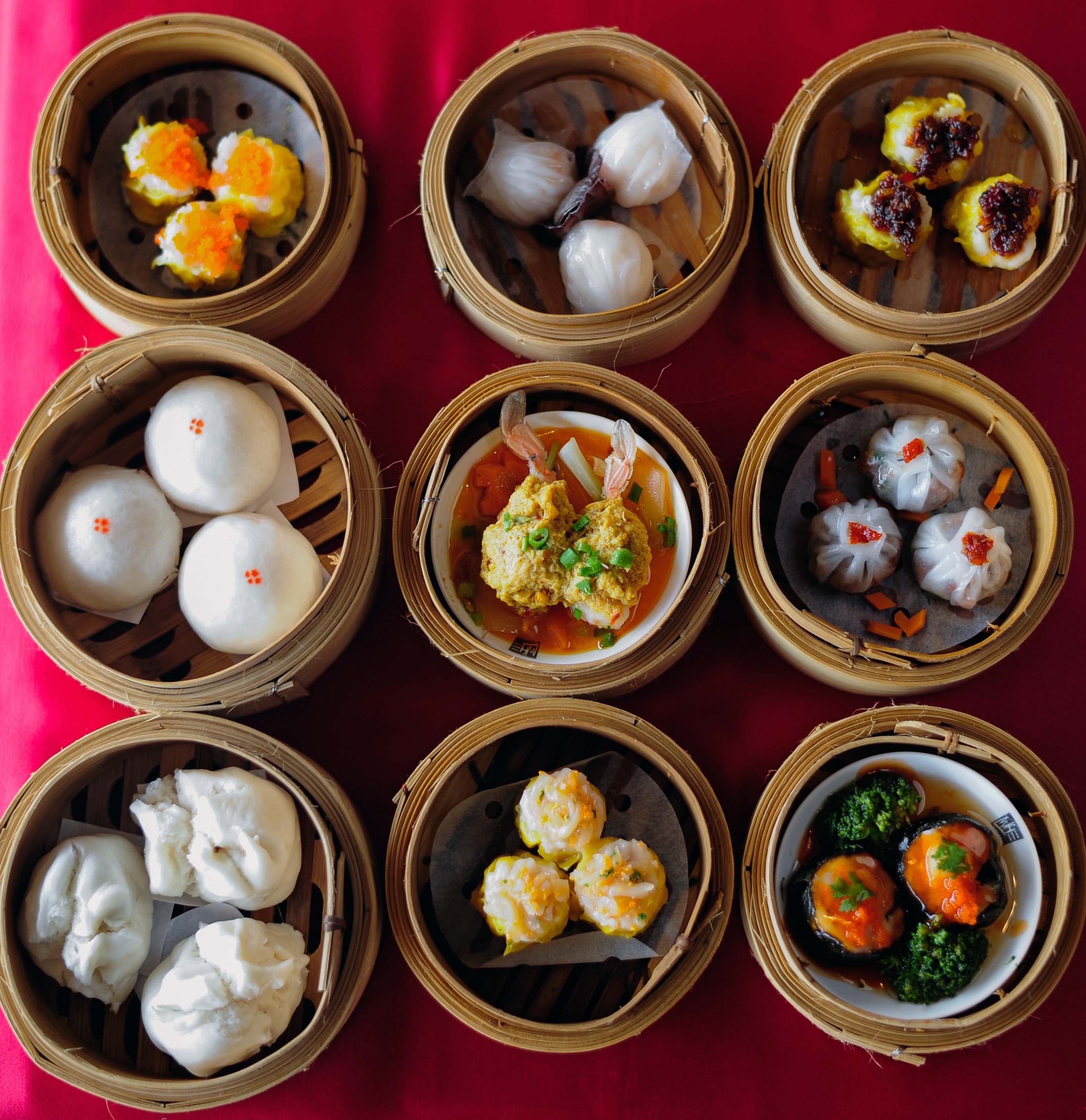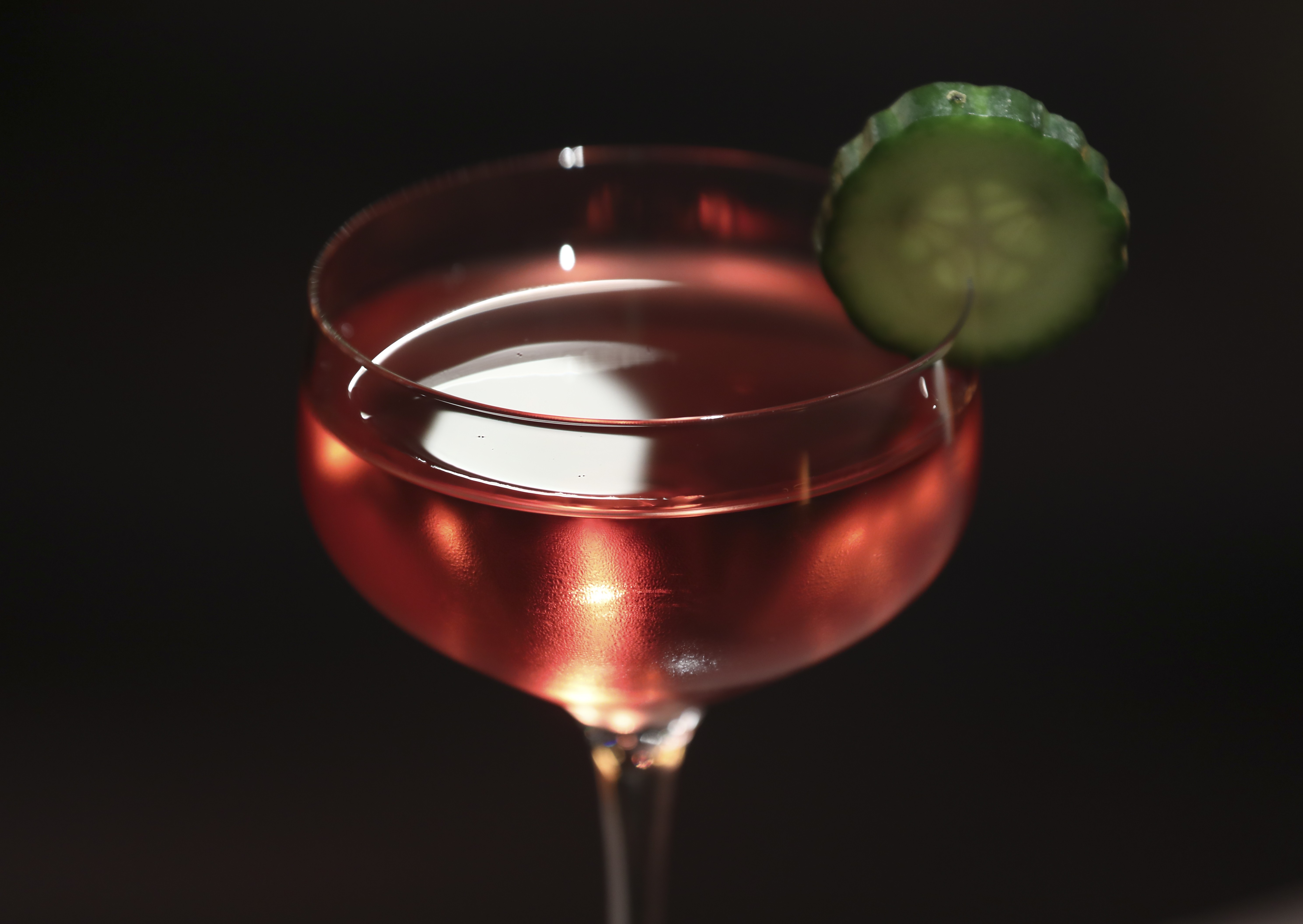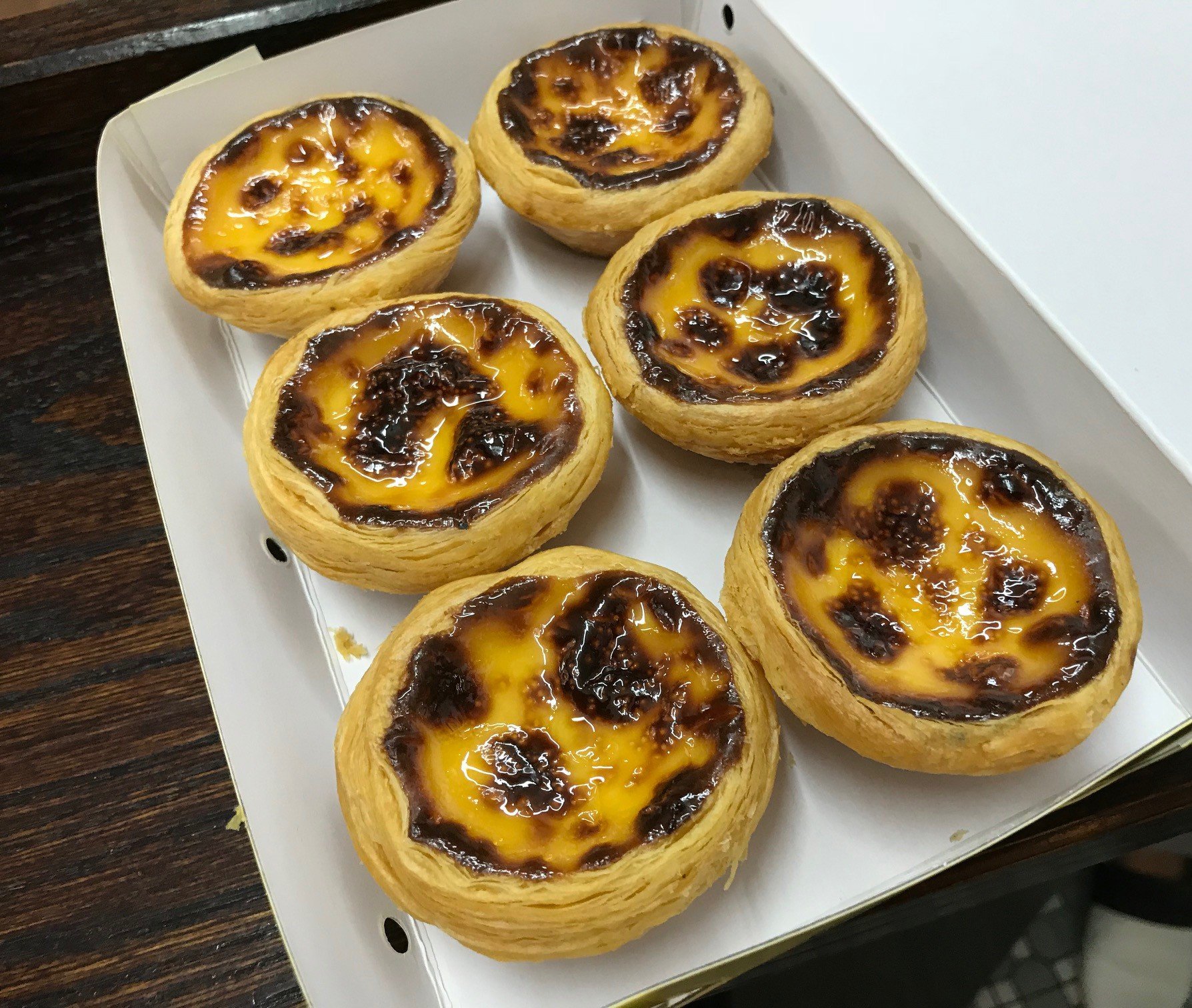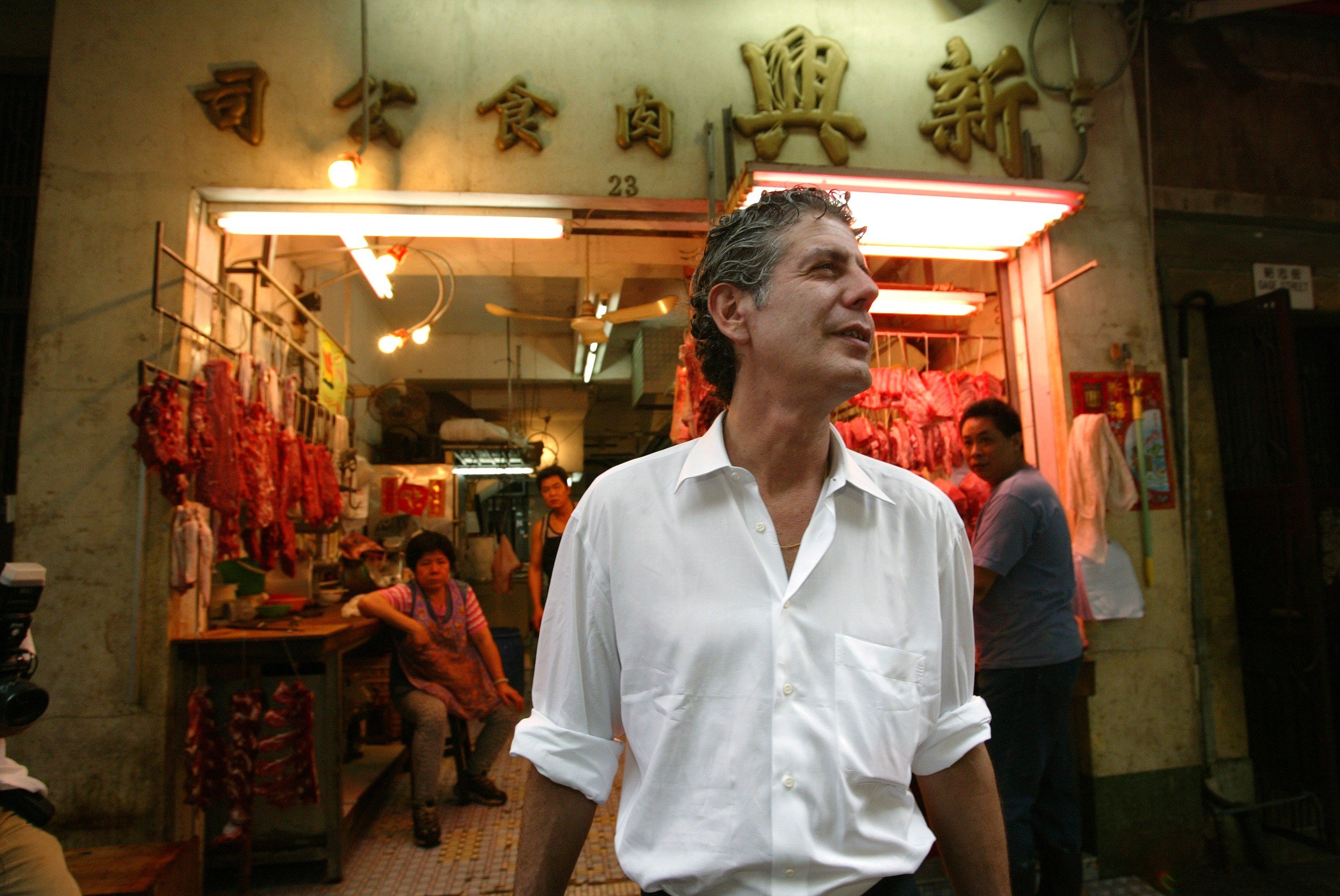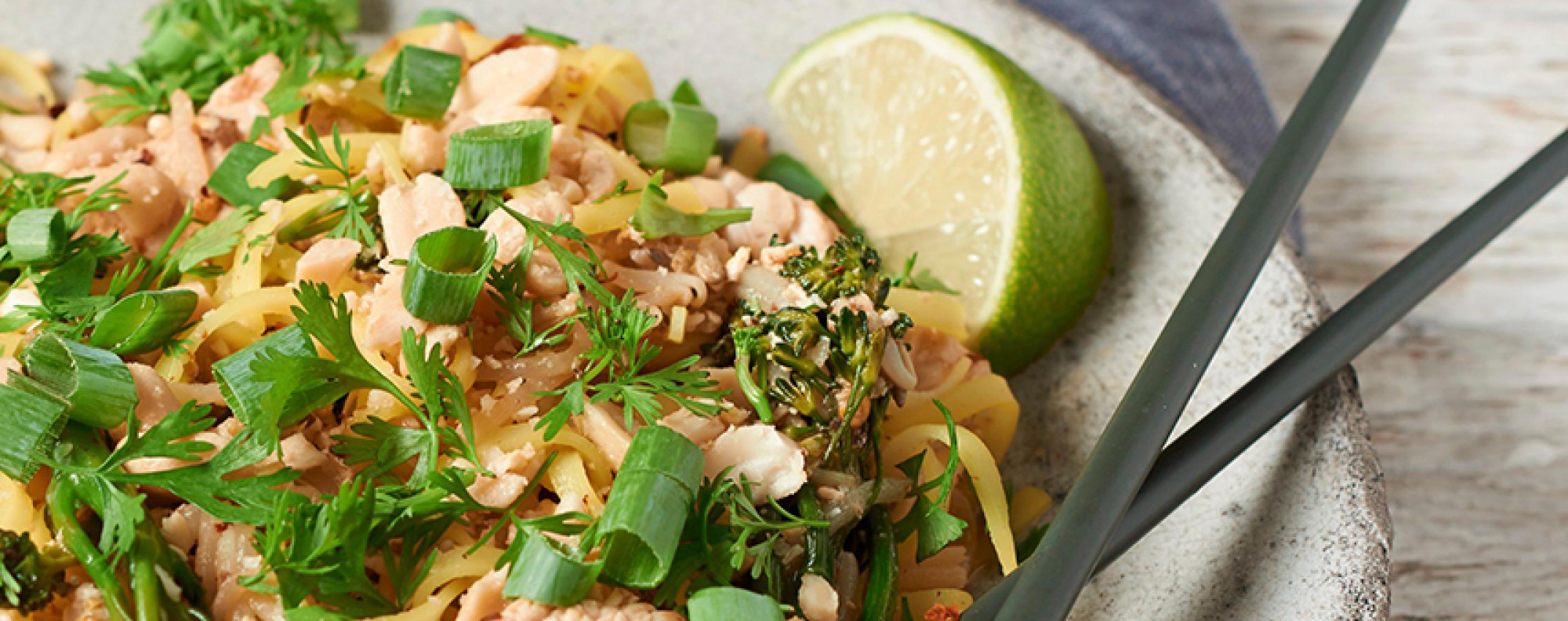
Topic

SCMP culture journalists and dedicated 'foodies' Bernice Chan and Alkira Reinfrank speak with chefs, bartenders and restaurateurs from across Asia as they sip, sample and taste their way through the local and international cuisine in Hong Kong in this delicious bi-weekly podcast.
Tempura – seafood or vegetables coated in batter and deep-fried – is as much a staple of Japanese cuisine as sushi and sashimi, but its origins are on the other side of the world.
From its invention in China 2,000 years ago to acceptance in mainstream America today, tofu has gone from an acquired taste to trendy superfood.
Chefs in Canton, southern China, created the egg tart by adapting an English recipe for custard tarts brought there by homesick merchants. Custard tarts go back to 15th century England, where they were a savoury affair and contained bone marrow.
It is said that xiaolongbao, or soup dumplings, loved around the world thanks to Taiwanese restaurant Din Tai Fung, originated in snack shops in a town on the outskirts of Shanghai, and may have had a very different name.
Ram-don, or jjapaguri, is not typically served with marbled sirloin like it is in the film Parasite, but the dish is common in South Korea, a country that embraces its love of instant noodles.
The story of butter chicken is one of three hard-working refugees, a hugely popular Delhi restaurant, and an accidental combination of ingredients born of necessity.
South Korea is widely known for having one of the best and most crispy versions of fried chicken, a dish enjoyed the world over that was first introduced to the country by US troops during the Korean war.
The two podcasts were recognised for their exploration of food, entertainment and technology.
Introduced to Vietnam by the colonial French, the baguette was later adapted for local tastes. Banh mi is still sold in Vietnam as a cheap snack, but can now also be found around the world.
The dish was born in a time when Vietnamese weren’t even allowed access to wheat flour, making it hard to imagine the sandwich would become world famous.
Fried, baked, boiled or braised, pork-based Spam was first a hit in the US during the Great Depression and then in Asia after World War II. Now some chefs are incorporating it in upmarket dishes.
American icon became popular during the war and managed to stick around.Your junk email is named after the canned meat, by the way.
We think of Sichuan food as numbing and super hot, but the cuisine is much more subtle than that, say chefs and fans. Dishes such as mapo tofu and Sichuan hotpot are popular all over the world, but two-thirds of Sichuan dishes aren’t fiery.
Bernice Chan and Alkira Reinfrank analyse the cultural appropriation, and fascinating history, of Sichuan cuisine. They delve into the chemistry of the Sichuan pepper and unpack the components of a traditional meal.
It turns out that early sushi was not about rice. And it originated from the Mekong, not Japan.
Plot twist: The rooster sauce was created by a Vietnamese refugee, but is American-made, and Thai-inspired.
The complex origin and nationalist agenda behind the iconic Thai noodle dish.
A journey into the history and culture of dim sum – why it’s served on trolleys, what the path to becoming a dim sum chef is like, and the painstaking work behind a simple har gau.
Where did bubble tea begin - and why has it become so popular - we deep dive into this chewy drink made for Instagram.
We talk about Shake Shack opening its second Hong Kong outlet, just down the road from Washington chain Five Guys’ first city restaurant, also soon to open, and bite into a giant wagyu beef gourmet sandwich.
In episode five, chef David Wong shows us where to go in Macau for some must-try dishes, from minchi to egg tarts and African chicken.
In episode four, we speak to Yardbird chef and owner Matt Abergel, who has some big news about the ever popular Sheung Wan restaurant. We also sample Nachos of the World Cup, and talk to the winemaker from Cloudy Bay
In episode three, we talk about the lack of female representation on the latest top international restaurants list, head to Hong Kong’s Koreatown for street food, and I introduce my co-host to the world of pig blood and beef tendon
In the second episode of the Post’s new regular food-themed podcast series, we pay tribute to one of the culinary world’s true greats, get a foreigner to try chicken feet, and discuss Joel Robuchon shutting his two Singapore restaurants


